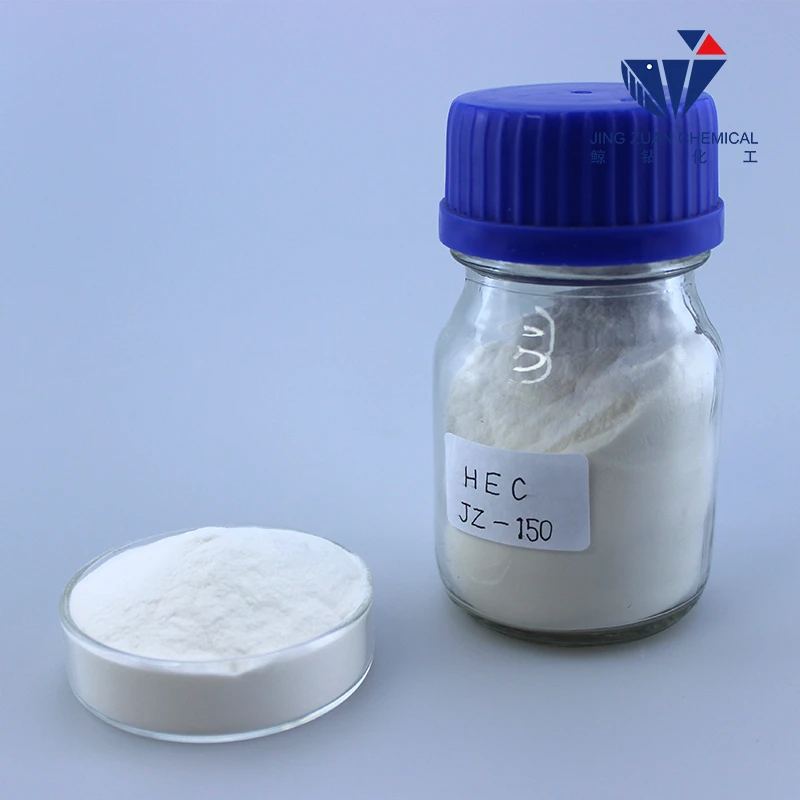
Dez . 16, 2024 08:26 Back to list
cellulose ether hpmc
Understanding Hydroxypropyl Methylcellulose (HPMC) Composition, Properties, and Applications
Hydroxypropyl methylcellulose (HPMC) is a versatile cellulose ether that has gained significant prominence across various industries thanks to its unique properties and functionalities. As a derivative of cellulose, a naturally occurring polymer found in the cell walls of plants, HPMC combines various chemical modifications to enhance its performance in numerous applications.
Composition and Structure
HPMC is synthesized by modifying cellulose through the introduction of hydroxypropyl and methyl groups. The degree of substitution of these groups, which determines the solubility and viscosity of the polymer, can be tailored to meet specific application requirements. The typical cellulose molecule consists of anhydro-glucose units linked by β-1,4-glycosidic bonds, but when modified to form HPMC, hydrophilic hydroxypropyl and hydrophobic methyl substituents facilitate the creation of a compound that exhibits both water solubility and thickening properties.
Properties of HPMC
The unique properties of HPMC make it an excellent choice for a wide range of applications, particularly in the pharmaceutical and construction industries. Some key properties include
1. Water Solubility HPMC is water-soluble, allowing it to dissolve in cold or hot water to form clear, viscous solutions. This property is particularly desirable in applications such as drug delivery, where soluble excipients are essential.
2. Thickening Agent Its ability to increase viscosity at low concentrations makes HPMC a popular thickening agent in various formulations, including cosmetics, food products, and paints. It enhances texture and stability, providing desirable sensory attributes.
3. Film-Forming Ability HPMC can form thin films that are flexible, transparent, and resistant to water. This film-forming property is useful in coatings for drugs, food products, and construction materials.
4. Biocompatibility Since HPMC is derived from cellulose, it is generally recognized as safe (GRAS) for use in food and pharmaceuticals, making it an ideal excipient for drug formulations.
cellulose ether hpmc

5. Controlled Release In pharmaceutical applications, HPMC is extensively used in matrix tablets and controlled-release formulations. It can regulate the release rate of drugs, ensuring sustained therapeutic effects.
Applications of HPMC
The versatility of HPMC allows it to fit into a variety of industries
1. Pharmaceuticals In the pharmaceutical sector, HPMC is utilized as a binder, film former, and controlled-release agent. It is commonly found in tablet coatings and as a rheology modifier in pharmaceutical suspensions.
2. Construction HPMC enhances the workability and water retention of cement-based products, such as mortars, adhesives, and plasters. Its ability to improve adhesion and reduce cracking makes it invaluable in construction formulations.
3. Food Industry Used as a thickener and emulsifier, HPMC is a common ingredient in sauces, dressings, and baked goods. It provides texture and improved mouthfeel, contributing to consumer satisfaction.
4. Personal Care Products In cosmetics, HPMC is used for its thickening and film-forming properties, contributing to the stability and application of products like lotions, creams, and shampoos.
5. Printing and Coatings HPMC is utilized as a binder in inks and coatings, providing excellent adhesion and gloss. Its film-forming capacity ensures that printed materials retain their quality and resist fading.
Conclusion
Hydroxypropyl methylcellulose (HPMC) illustrates the potential of cellulose-derived polymers in modern applications. Its combination of solubility, thickening ability, and biocompatibility makes it a crucial component across diverse fields, including pharmaceuticals, construction, food, and cosmetics. As industries continue to evolve and demand innovative solutions, HPMC's role is likely to expand, emphasizing the importance of this cellulose ether in enhancing product performance and user experience. The ongoing research and development surrounding HPMC will undoubtedly further unlock its potential, paving the way for even more varied applications in the future.
-
Versatile Hpmc Uses in Different Industries
NewsJun.19,2025
-
Redispersible Powder's Role in Enhancing Durability of Construction Products
NewsJun.19,2025
-
Hydroxyethyl Cellulose Applications Driving Green Industrial Processes
NewsJun.19,2025
-
Exploring Different Redispersible Polymer Powder
NewsJun.19,2025
-
Choosing the Right Mortar Bonding Agent
NewsJun.19,2025
-
Applications and Significance of China Hpmc in Modern Industries
NewsJun.19,2025







